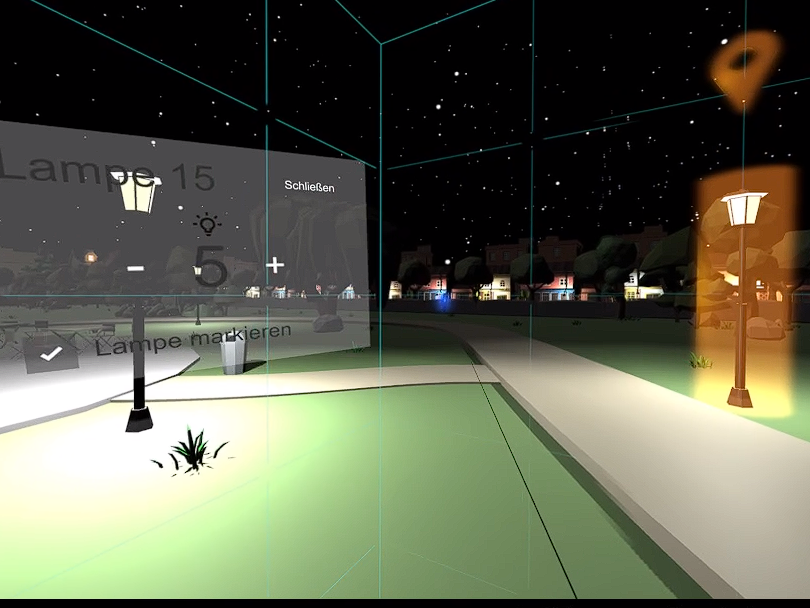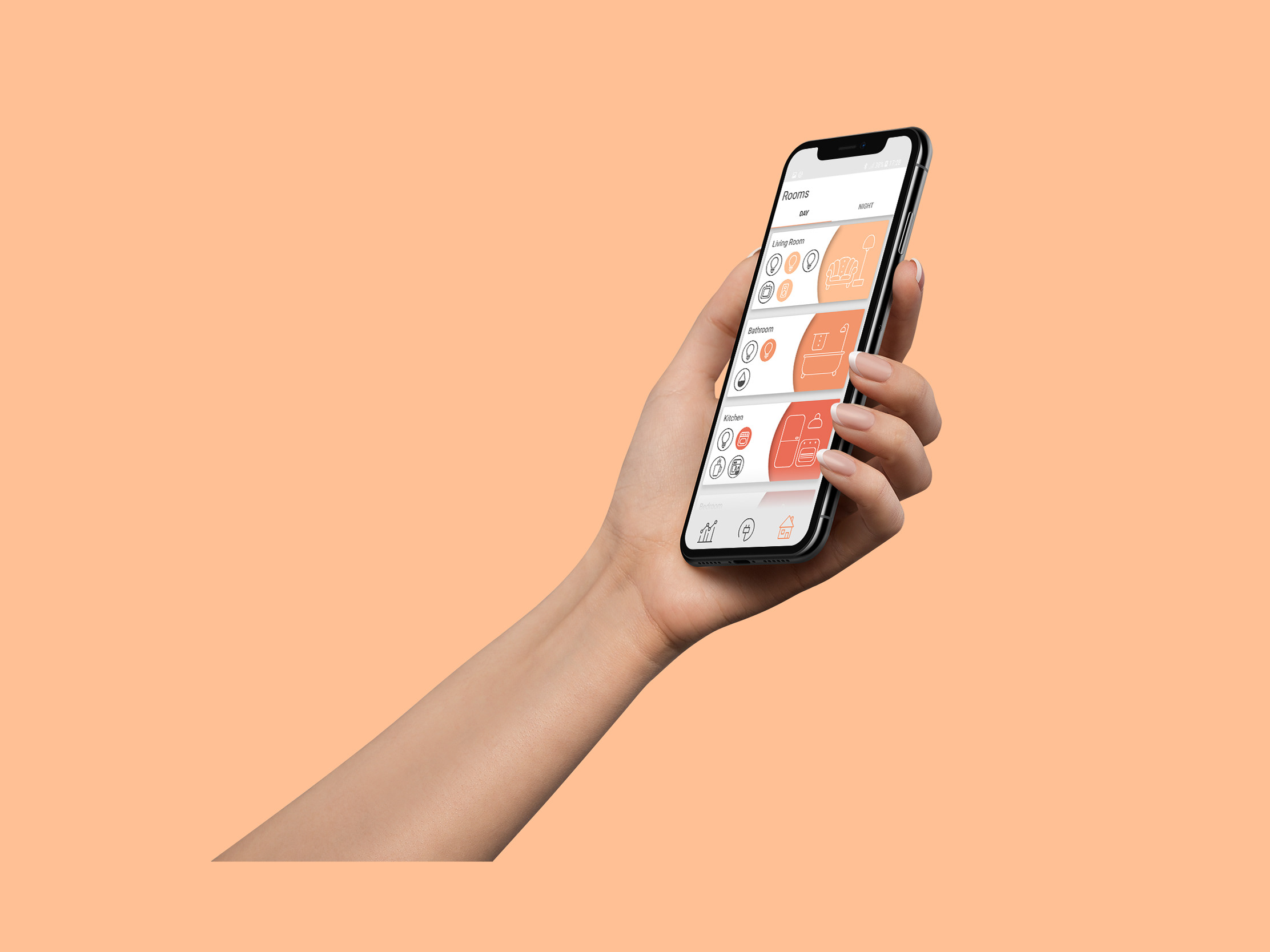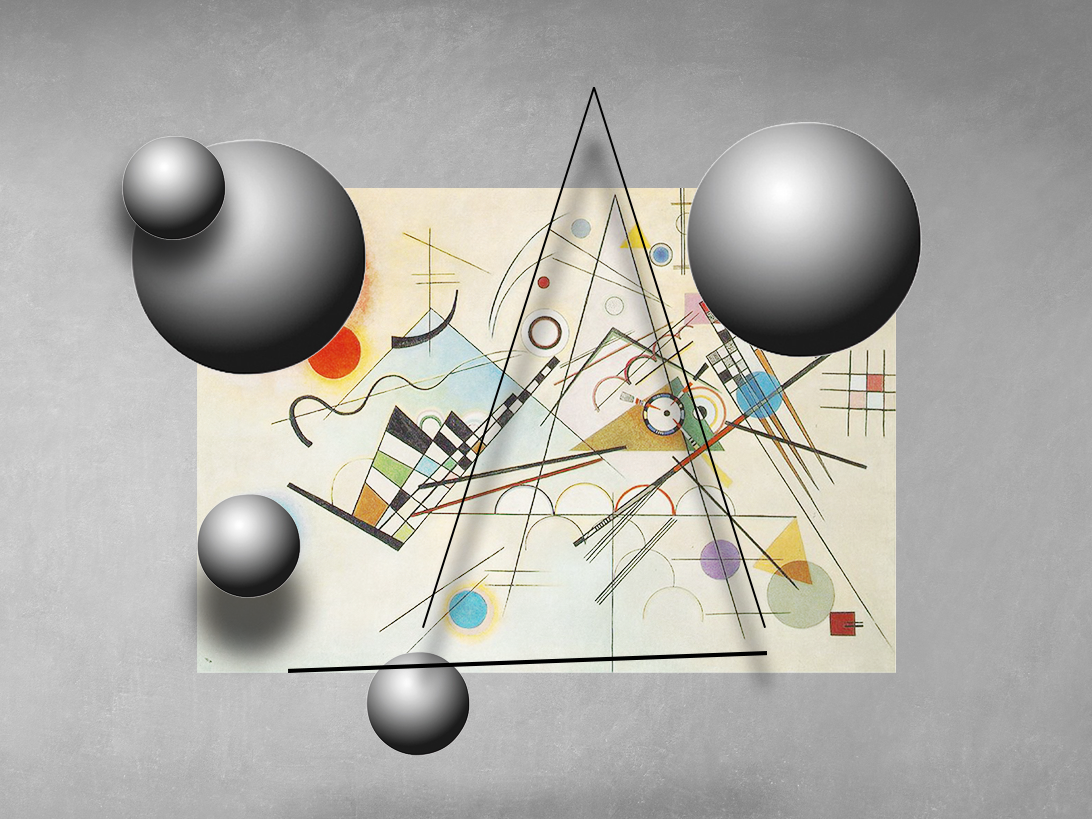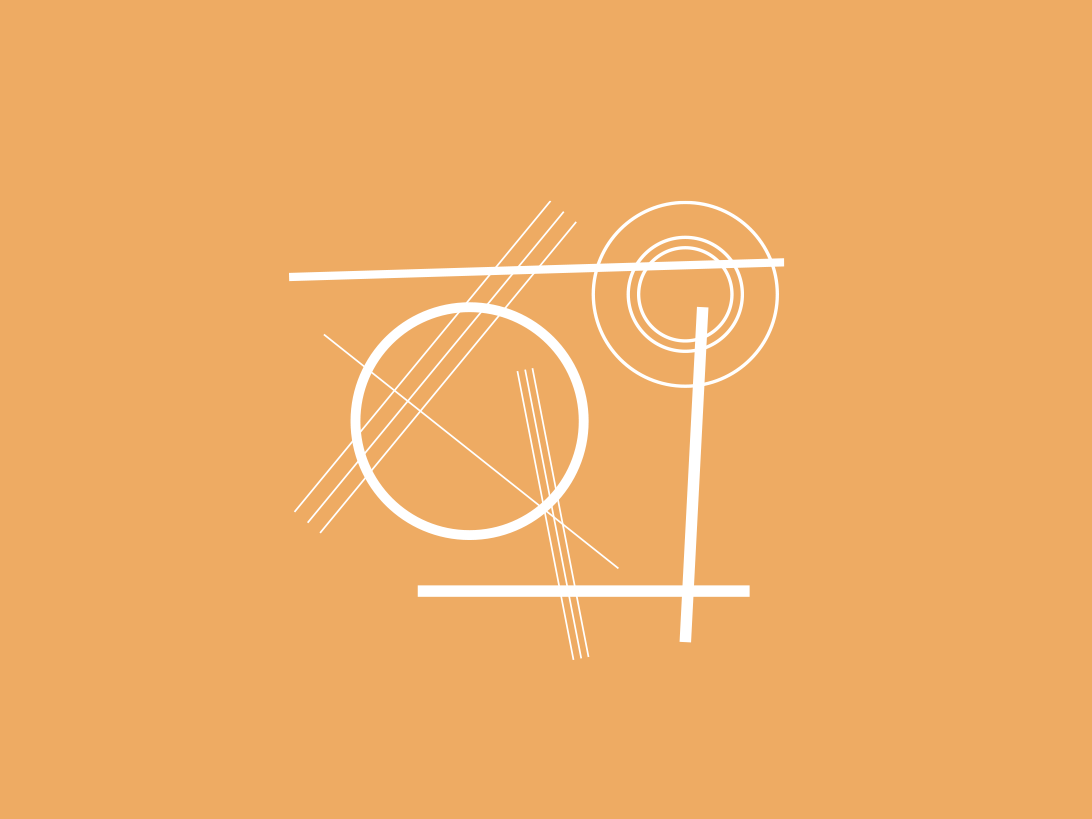Self Presence under the influence of Locomotion in Mobile-VR
The goal of the study was to find out which method of locomotion achieves the highest possible presence in mobile VR. For this purpose, teleportation and continuous motion were tested in a VR environment by 23 subjects. Compared were non-continuous(Gaze Activated Teleportation) and continuous(Look Down To Move) Locomotion methods.
Look Down To Move
Gaze Activated Teleportation
Study
The task was to collect three mushrooms distributed on the map. Users must precisely use the various methods of locomotion to navigate their way to individual well-defined positions. The obstacles ensure that more complex navigation must also be carried out. For each run, the arrangement of the houses is changed, the environment remains the same. This is done to eliminate possible learning effects.
The environment is designed with objects in low-poly design . This should allow our application to run at a relatively high frame rate regardless of the smartphone used. For VR applications, a consistently high frame rate is important to prevent cybersickness.
The environment is designed with objects in low-poly design . This should allow our application to run at a relatively high frame rate regardless of the smartphone used. For VR applications, a consistently high frame rate is important to prevent cybersickness.
The Multimodal Presence Scale was used in the study to measure the presence of the users using each method of locomotion. Simulator Sickness Questionnaire was used to explore how the locomotion methods affect the users' well-being.
Demo of Locomotion methods
Conclusion
After evaluating all the collected data, it can be seen that the locomotion method has no influence on the perception of presence in the VR environment under the present conditions. A second important finding is that there were no significant differences in effectiveness, cybersickness, and popularity between the two locomotion methods in the study.
